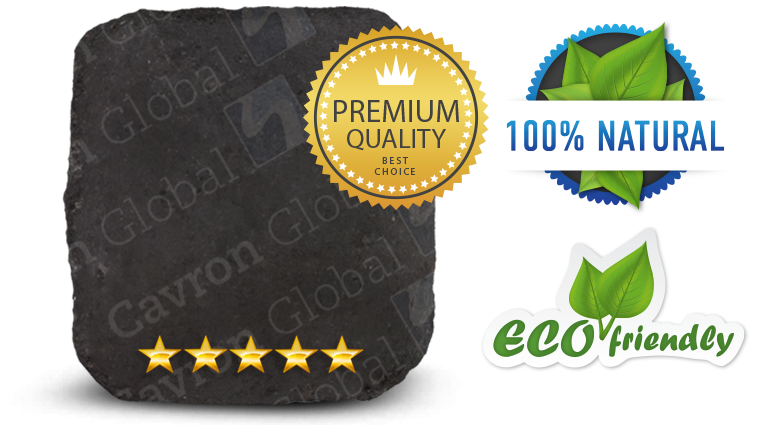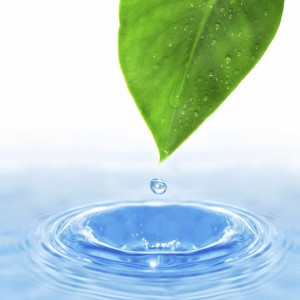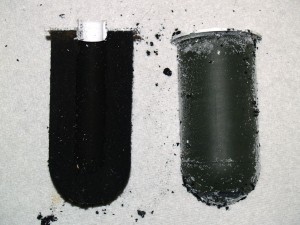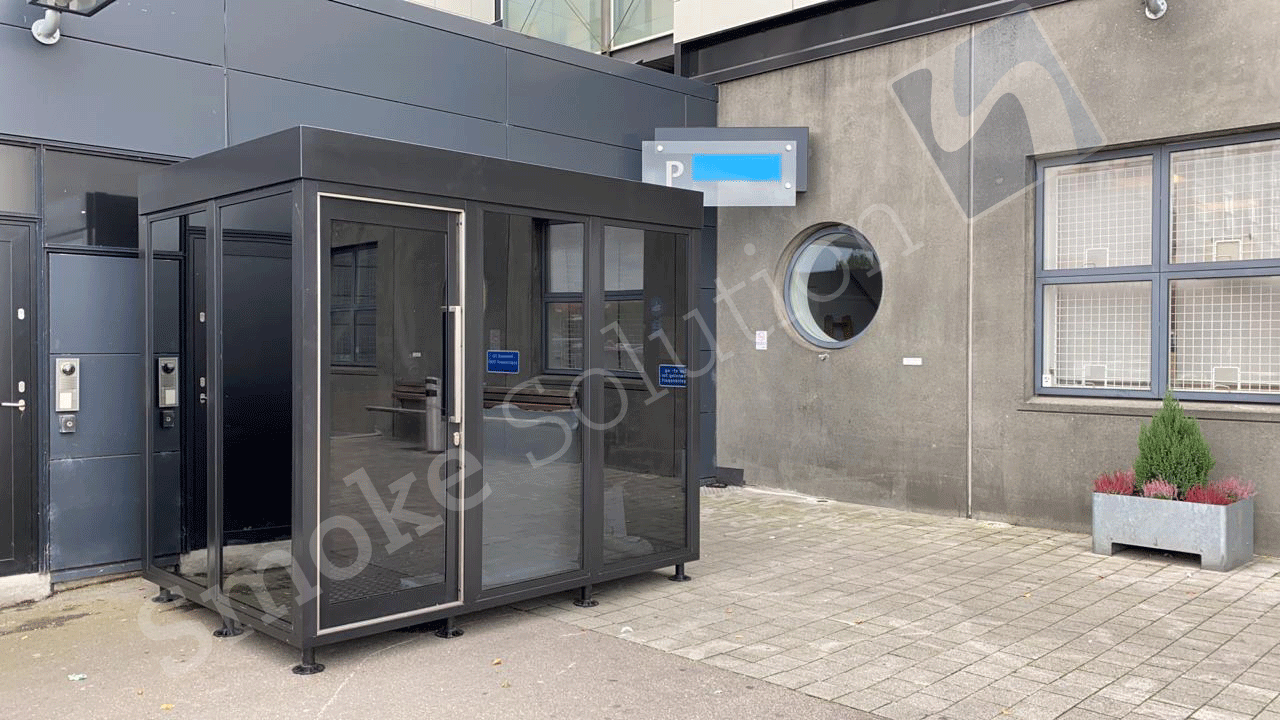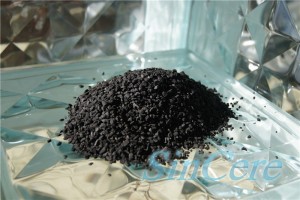
A filter with granular activated carbon (GAC) is a proven solution to remove certain chemicals (in particular organic chemicals) from water. There are commonly two types of GAC filter system, including a whole-house filter or a point of use filter. Each system has its own features and is used in different applications. Sounds confusing? Don’t worry. Here it’s a guide for to find out your Mr. Filter.
There are several factors to consider:
- The type and amount of contaminants in the water,
- Other chemicals in the water,
- Water use, and
- Exposure pathways that need to be eliminated.
For those who have no clue about exposure pathways, exposure pathways are the ways chemicals enter your body. Some chemicals may cause harm if they are ingetsted while some are harmful if they are breathed in, some if they enter through the skin. Sometimes people are exposed through a combination of exposure pathways.
An under-sink filter protects people from ingesting the chemical by treating the drinking water only from that tap. It will not protect people from inhaling the chemical while showering or bathing, nor will it protect other water faucets.
A whole-house filter system treats all water traveling to any faucet in the home. It removes the chemical before it can be ingested, breathed in, or absorbed by the skin during washing or bathing.
Remember, no matter which filter system you’ll use, use only a licensed filter supplier. For either type of filter system, consistent maintenance and periodic filter or GAC replacement is essential to ensure effectiveness and prevent bacterial build-up.
